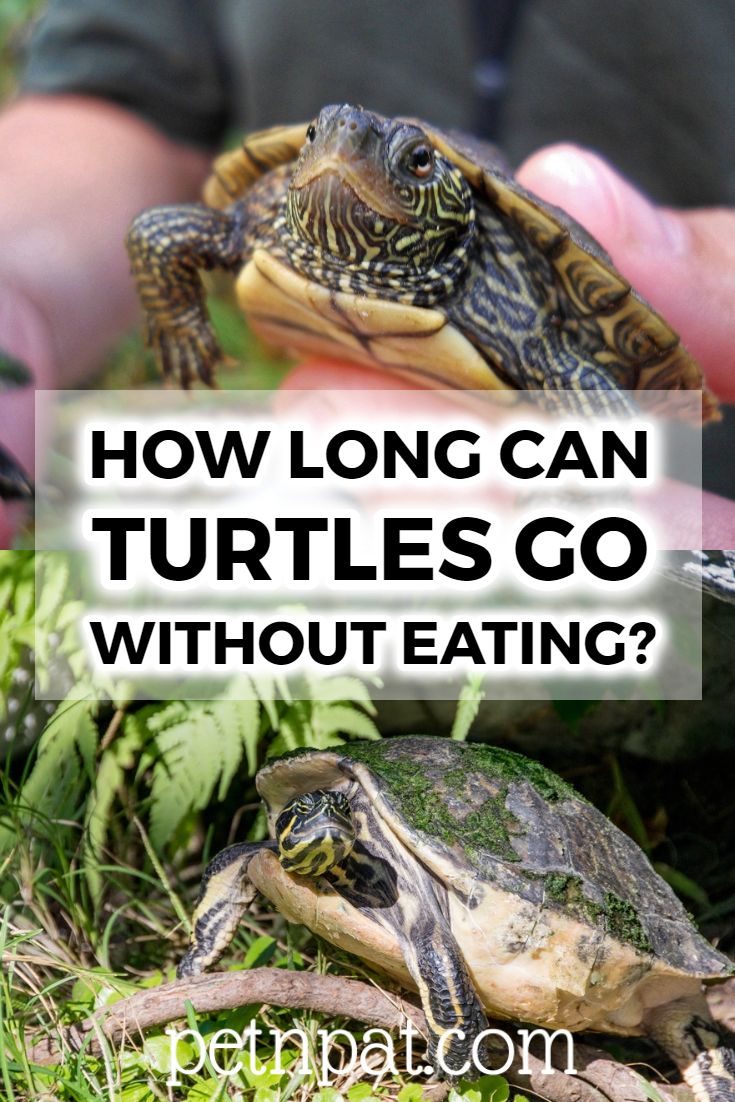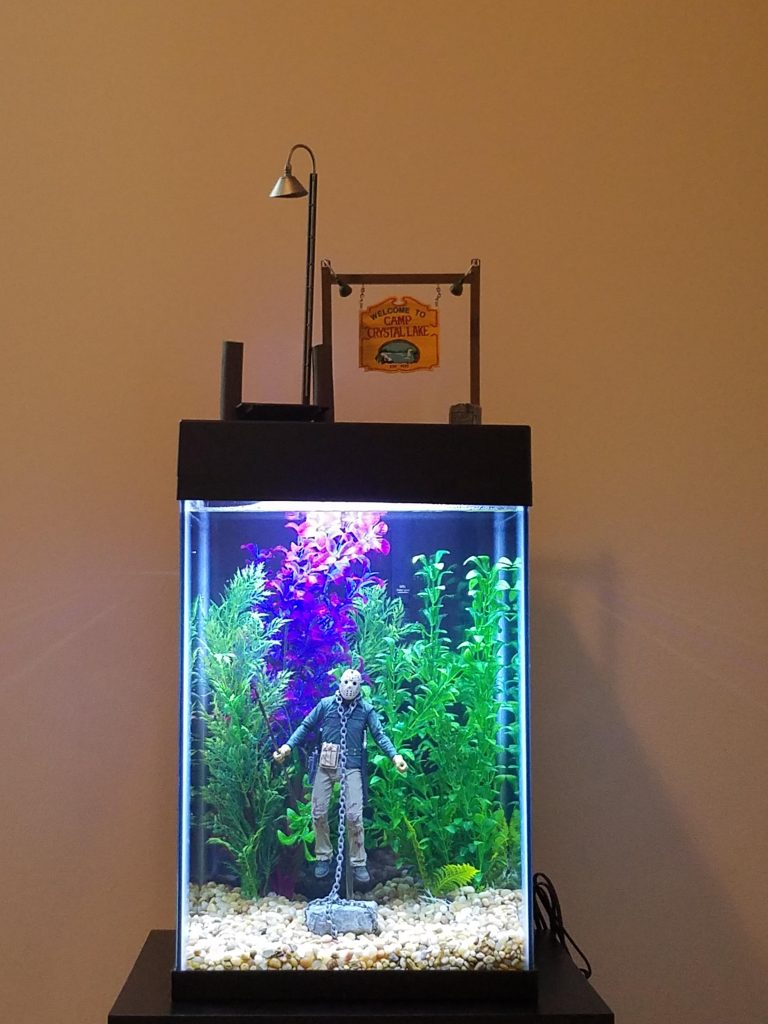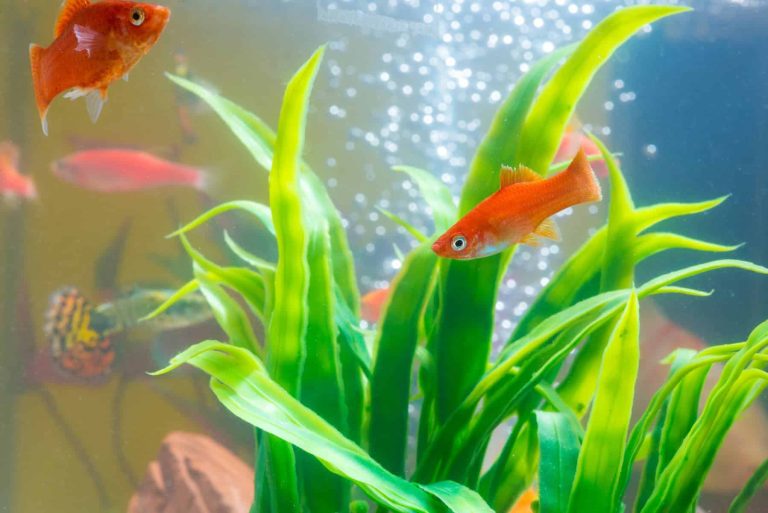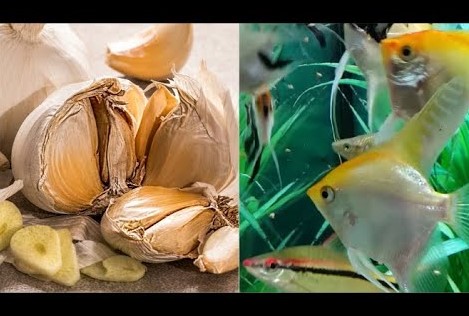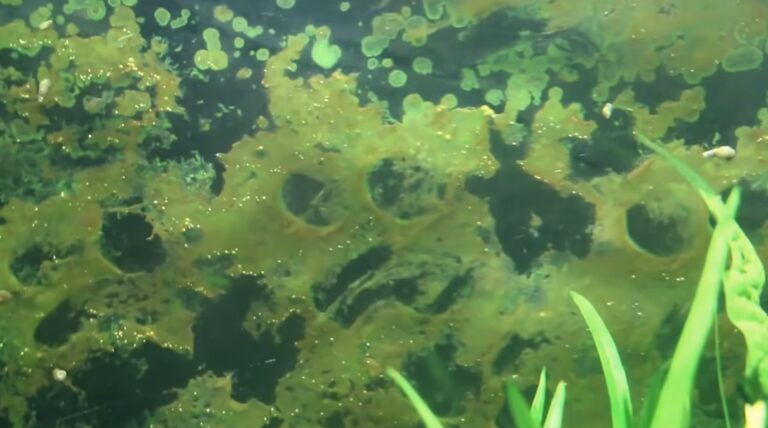How Long Can Turtles Go Without Food
How Long Can Turtles Go Without Food?
Have you ever wondered how long turtles can go without food? Turtles are fascinating creatures that have been around for millions of years. They have adapted to various environments and can survive in different conditions. One of the incredible adaptations they possess is their ability to go without food for extended periods. In this article, we will explore the fascinating world of turtles and answer the question, “How long can turtles go without food?”
Turtles are ectothermic animals, meaning their body temperature depends on the outside environment. This fact alone allows them to have lower metabolic rates compared to warm-blooded animals. Consequently, turtles have slower digestion and a decreased need for food intake.
So, how long can turtles go without food?
Turtles can survive without food for several weeks, and in some cases even months. The exact duration depends on various factors such as age, species, and overall health. Some studies have suggested that adult turtles can withstand food deprivation for up to six months or more.
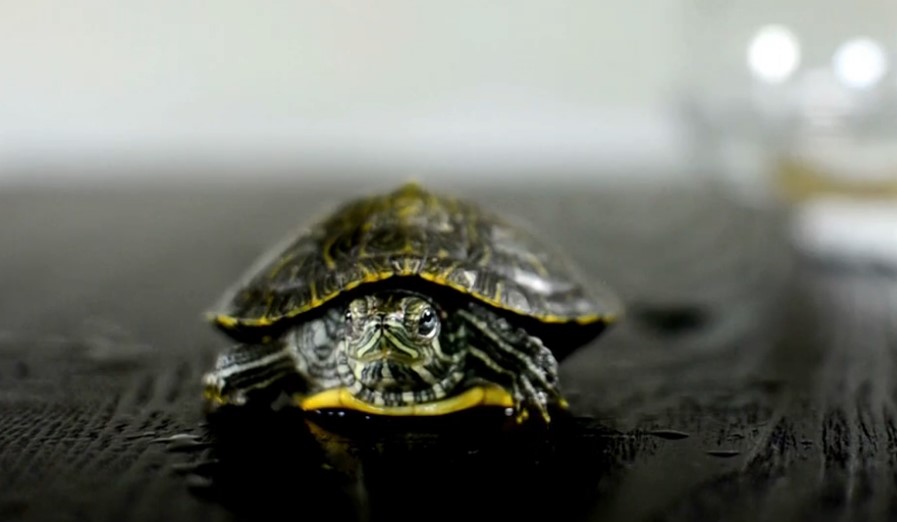
Factors Affecting the Duration Turtles Can Go Without Food:
1. Species:
Different turtle species have different metabolisms and nutritional needs. Some species, like the desert tortoise, have evolved to survive in harsh conditions and can go without food for long periods. On the other hand, aquatic species like the red-eared slider may require a more regular food supply.
2. Age:
Young turtles have higher metabolic rates compared to adults. As a result, they may require more frequent feeding. Baby turtles are typically fed daily, while adults may only need to eat once or twice a week.
3. Health and Body Condition:
Turtles that are in good health and have ideal body condition can tolerate longer periods without food. Conversely, sick or malnourished turtles may require more frequent feeding to maintain their energy levels and recover.
4. Environment:
The availability of food in the turtle’s environment plays a significant role in how long they can go without eating. Turtles in the wild may experience fluctuations in food supply due to seasons or environmental factors. In captivity, the availability of food can be controlled by their caretakers.
Understanding Turtle Metabolism:
To better understand how turtles can survive without food for extended periods, let’s delve into their metabolism. As mentioned earlier, turtles are ectothermic, which means their body temperature is regulated by their surroundings. This unique adaptation allows them to conserve energy when food is scarce.
Turtles have a slow metabolic rate, which means they burn energy at a much slower pace compared to warm-blooded animals. When food is limited, their bodies adjust by slowing down all bodily processes, including digestion. This metabolic state, known as torpor, allows turtles to conserve energy and survive until food becomes available.
During periods of torpor, turtles can also rely on their fat reserves for energy. Turtles store fat in specific areas of their bodies, such as their muscles and organs, which acts as a source of energy during times of fasting.
Frequently Asked Questions:
Q: Can turtles survive without food in the wild?
A: Yes, turtles can survive without food in the wild. Their ability to slow down their metabolism and use fat reserves allows them to endure periods of food scarcity.
Q: How often should I feed my pet turtle?
A: The frequency of feeding depends on your turtle’s age, species, and overall health. Young turtles may require daily feeding, while adults may only need to eat once or twice a week. Consult with a veterinarian to determine the best feeding schedule for your pet turtle.
Q: How can I tell if my turtle is malnourished?
A: Malnourished turtles may exhibit signs such as decreased appetite, weight loss, lethargy, and a hollow appearance of the shell. If you suspect your turtle is malnourished, it is essential to seek veterinary care promptly.
Final Thoughts:
Turtles are remarkable creatures that can adapt to a wide range of environments and conditions. Their ability to go without food for extended periods is a testament to their extraordinary adaptations and survival strategies. It is crucial to provide proper nutrition for pet turtles and consult with a veterinarian to ensure their overall health and well-being. Whether in the wild or in captivity, understanding a turtle’s biology and nutritional needs is essential for their longevity and quality of life.
